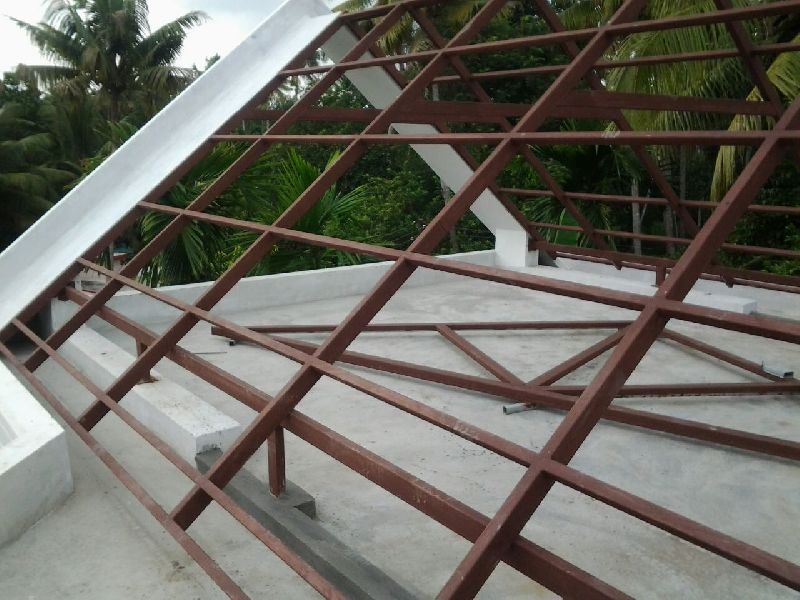Roofing is an essential component of any structure, providing protection, insulation, and aesthetic appeal. It serves as a shield against the harsh elements of nature, safeguarding our homes, buildings, and everything underneath it. In this article, we will explore the significance of roofing and delve into some unique aspects of this often-overlooked feature.
Beyond the mundane perception of a roof as a mere cover, it plays a pivotal role in the architectural integrity of a structure. The choice of roofing material can greatly impact the overall aesthetic and functionality. From the classic elegance of terracotta tiles to the sleek modernity of metal roofing, there is a wide array of options to suit various architectural styles and personal preferences.
One often-underestimated aspect of roofing is its energy efficiency. A well-designed roof can significantly reduce energy consumption by providing effective insulation. By preventing heat gain in the summer and heat loss in the winter, it contributes to a comfortable indoor environment while minimizing the reliance on heating and cooling systems. This not only lowers energy bills but also reduces the carbon footprint of a building.
Moreover, innovative technologies have emerged in the roofing industry, bringing with them fascinating possibilities. For instance, solar roofing systems are gaining popularity as a sustainable and cost-effective solution. These roofs incorporate solar panels into the roofing material, allowing homeowners to harness the power of the sun and generate clean electricity. Such advancements in roofing technology demonstrate the industry’s commitment to sustainability and renewable energy.
Roofing also serves as a canvas for artistic expression. The concept of a green roof has gained traction in recent years, blurring the boundaries between architecture and nature. A green roof is a living system, covered with vegetation that not only enhances the aesthetic appeal but also provides numerous environmental benefits. It reduces stormwater runoff, improves air quality, and creates a habitat for birds and insects. In urban areas, green roofs can contribute to mitigating the heat island effect by absorbing and dissipating heat.
Beyond its functional and environmental aspects, roofing carries cultural and historical significance. Traditional roofing materials often reflect the heritage and local craftsmanship of a region. For instance, the thatched roofs of English cottages or the pagoda-style roofs of East Asia are emblematic of their respective cultures. Preserving and restoring these historical roofs not only maintains architectural authenticity but also showcases the rich cultural tapestry of different societies.
When it comes to roofing, maintenance is crucial. Regular inspections and repairs can extend the lifespan of a roof, saving homeowners from costly replacements. Professional roofing companies offer a range of services, from routine maintenance to emergency repairs. By entrusting experts with the care of our roofs, we ensure their longevity and continued protection.
In conclusion, roofing is more than just a functional necessity; it is an integral part of the architectural landscape. From energy efficiency and technological advancements to artistic expression and cultural heritage, roofing encompasses a diverse range of aspects. By appreciating the significance of roofing, we can make informed choices, contribute to sustainability, and ensure that the shield above our heads remains steadfast for years to come.







